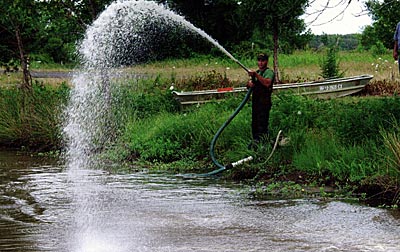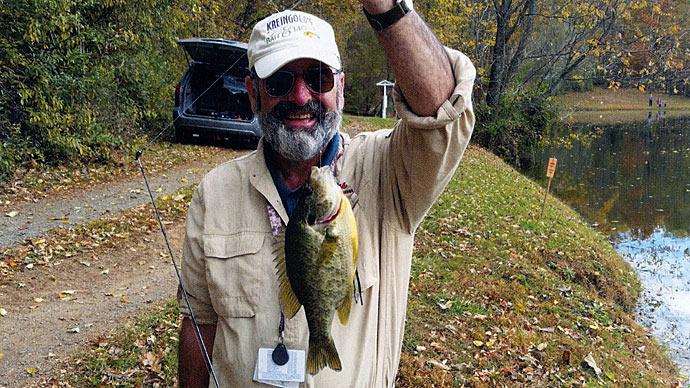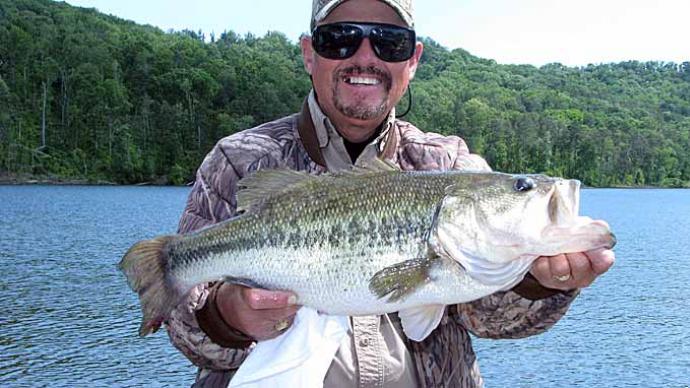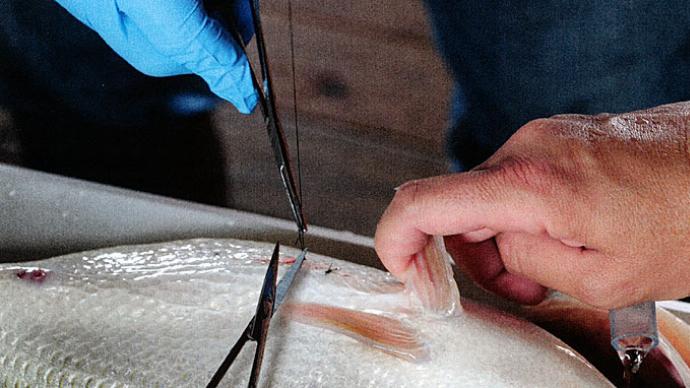
As a university professor in fisheries and aquaculture, I have received many requests from pond owners seeking information on pond management. Those making these requests usually expected responses that will solve their problems, but I have seldom recommended a management method for which I was certain as to what the outcome of its use would be. After suggesting a method, I have always explained why the recommendation might not result in a complete solution to the particular problem of concern. I do not believe that I have ever given a recommendation without emphasizing that I did not guarantee the results. This was for two reasons: (1) the recommendation might not provide the desired result even if used exactly as suggested; (2) the pond owner might not follow the recommendation exactly.
Most sportfish pond owners do not understand the complexity of fish pond ecosystems, and few are aware of the way in which management recommendations are developed. Two ponds—even two ponds sited side by side—will not respond exactly in the same way to identical management inputs. This results from differences in pond morphometry, features of the areas around the ponds, water retention time, types of vegetation that develop in ponds, other factors, and chance. For example, suppose that four adjacent ponds of identical size at a research station are treated with the same fertilizer rate in an experiment. It would not be unusual for one pond to become turbid with suspended soil particles (muddy), two ponds to develop nice phytoplankton blooms, and the other pond end up choked with filamentous algae. Also, despite identical stocking rates, sportfish production among the four ponds might differ by 100 pounds per acre or more.
Differences among ponds are greater when the comparison includes ponds on different watersheds and across more than one physiographic region. Differences in water quality and bottom soil condition may be extremely large across regions. Climate also differs among regions resulting in differences in water temperature, water inflow, evaporation, etc. It is reasonable to state that each pond has unique characteristics, and as a result, each pond will respond somewhat differently to a particular management input.
Phytoplankton are the base of the food web culminating in pond fish production. Phytoplankton require light, favorable water temperatures, and nutrients for growth. The two nutrients usually required in fertilizer to stimulate phytoplankton growth are nitrogen and phosphorus, but ponds with low alkalinity water and acidic soils should be treated with agricultural limestone to increase alkalinity and soil and water pH.
When ponds are limed (if necessary) and properly fertilized, phytoplankton blooms will develop. Many species of phytoplankton are present in pond waters, and various factors, including chance, interact to determine the species of phytoplankton that become dominant. Phytoplankton species undergo rapid and continuous succession, and the dominant species may frequently wane in abundance to be largely replaced by one or more other species. The dominant species present at any particular time will differ among ponds—even among ponds located side by side and managed in the same way.
We do not know for certain which species of phytoplankton are best in ponds, but most authorities indicate that green algae and diatoms are acceptable while blue-green algae are for the most part undesirable. There are no reliable management methods of controlling the species composition of phytoplankton communities, but fertilization with nitrogen and phosphorus is used to promote greater phytoplankton abundance. Nutrient-enriched waters favor blue-green algae, and desirable or not, many sportfish ponds have a dominance of blue-green algae. Of course, when aquatic macrophytes (macroscopic algae and higher aquatic plants) become established in a pond, they will compete with phytoplankton for nutrients and lessen phytoplankton growth.
There also are many interactions among environmental factors and fish production, between forage fish and carnivorous fish, among fish of different sizes, etc., all of which influence fish production in ponds. I am not a fisheries biologist, and I will not elaborate more on fish population dynamics. But, it should be clear that a pond is an extremely complex ecological system in which physical, chemical, and biological processes interact and effect the production offish as well as the sizes of the fish produced.
A pond owner or manager has the prerogative to manage a pond anyway that his or her heart desires. On the other hand, those recommending management techniques or products for use by pond owners should be concerned about the correctness of their advice. There should be some logical (preferably scientific) basis for recommending management inputs. This means that previous tests of the methods or products being recommended should have been made in which success was achieved. It is particularly important that success was not declared after a single pond treatment.
Suppose one pond (the treatment) receives a particular management input and another pond (the control) does not receive that input. Further assume that fish production increases in the treated pond. Does this prove effectiveness and provide a scientific or logical basis for recommending the treatment for use in other ponds? It certainly does not!
The problem is that a particular method will not give the same results in different ponds—nor will two ponds to which the method is not applied respond in the same way. In research, the treatment is applied to several ponds and several control ponds are used. Fish production (or other response) is measured in all ponds and the responses in the treatment ponds are compared with those in the control ponds. This comparison usually is done by statistical analysis, which will reveal the probability with which the differences between averages of treatment and control pond responses would have occurred by chance alone.
The approach outlined above typically is used at research stations and applies strictly to local conditions. Although such studies can reveal the validity of a method, the method often requires adjustment when used at other locations. The science must be adjusted by art. The pond owner is not likely to have the experience necessary to adjust research findings to local conditions. Pond management consultants have experience with many ponds and are more likely to make the correct adjustments than are pond owners and their friends.
Sometimes management procedures are not developed through research but through trials and experience. When it is known that a procedure has been used successfully on numerous occasions in a large number of ponds in diverse settings, this method obviously can be considered effective. But, again the method may require adjustment for any individual pond.
Ponds are complex ecological systems each with unique characteristics, and effective management of ponds is both a science and an art. Those seeking advice on pond management should understand that recommendations on management may not always be successful. However, there is enough science-based information on pond management that with some effort and patience, a satisfactory management program usually can be formulated for a properly sited, designed, and constructed sportfish pond. It is particularly important to be leery of new products advertised for use in ponds. Sometimes, the vendor is selling something that is believed by some (but not yet adequately proven by tests) to be effective.
Dr. Claude Boyd is a professor emeritus in the School of Fisheries, Aquaculture and Aquatic Sciences, Auburn University, Auburn, Alabama 36849. His work with water quality is internationally renowned. His most recent booh, Handbook for Aquaculture Water Quality, is a must for anyone interested in learning about water chemistry and how it relates to your pond. It's technical, thorough, but easy to read and understand. Buy it at www.pondboss.com in the online store.
Reprinted with permission from Pond Boss Magazine



